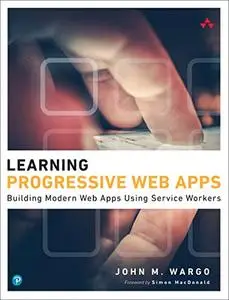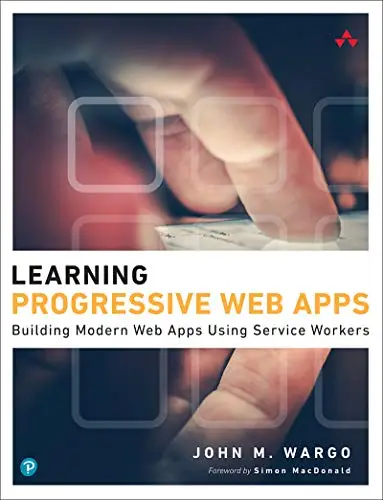Learning Progressive Web Apps: Building Modern Web Apps Using Service Workers by John M. Wargo
English | March 19, 2020 | ISBN: 0136484220 | PDF | 304 pages | 8.5 MB
English | March 19, 2020 | ISBN: 0136484220 | PDF | 304 pages | 8.5 MB
Use Service Workers to Turbocharge Your Web Apps
Software developers have two options for the apps they build: native apps targeting a specific device or web apps that run on any device. Building native apps is challenging, especially when your app targets multiple system types—i.e., desktop computers, smartphones, televisions—because user experience varies dramatically across devices.
Service Workers—a relatively new technology—make it easier for web apps to bridge the gap between native and web capabilities. In Learning Progressive Web Apps, author John M. Wargo demonstrates how to use Service Workers to enhance the capabilities of a web app to create Progressive Web Apps (PWA). He focuses on the technologies that enable PWAs and how to use those technologies to enhance your web apps to deliver a more native-like experience.
Build web apps a user can easily install on their local system and that work offline or on low-quality networks
Utilize caching strategies that give you control over which app resources are cached and when
Deliver background processing in a web application
Implement push notifications that enable an app to easily engage with users or trigger action from a remote server
Throughout the book, Wargo introduces each core concept and illustrates the implementation of each capability through several complete, operational examples. You’ll start with simple web apps, then incrementally expand and extend them with state-of-the-art features. All example source code is available on GitHub, and additional resources are available on the author’s companion site, learningpwa.com.



